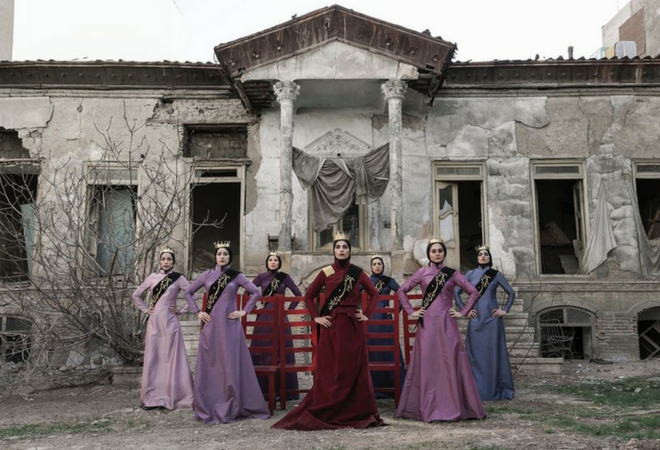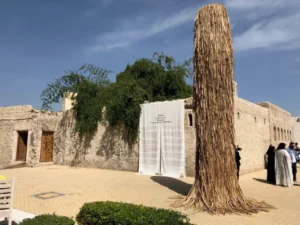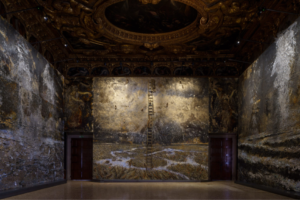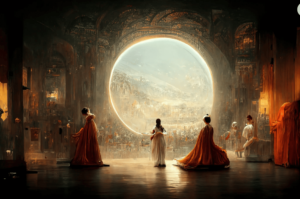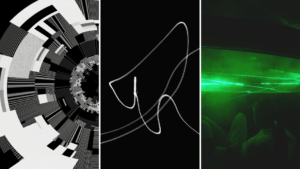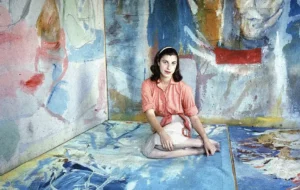“I am amazed by the misconceptions about Muslim women and the Arab world that I hear, and that really hurts me,” says Jordan’s Queen Rania Al Abdullah.
Queen Rania is one of the most influential women in the Middle East and the patron of I AM, an East-West peace-building exhibition which includes the works of 31 acclaimed female artists from Jordan, Saudi Arabia, Iran, Yemen, Bahrain, Lebanon, Egypt, Tunisia, Iraq, Morocco, the United Arab Emirates and the Palestinian territories.
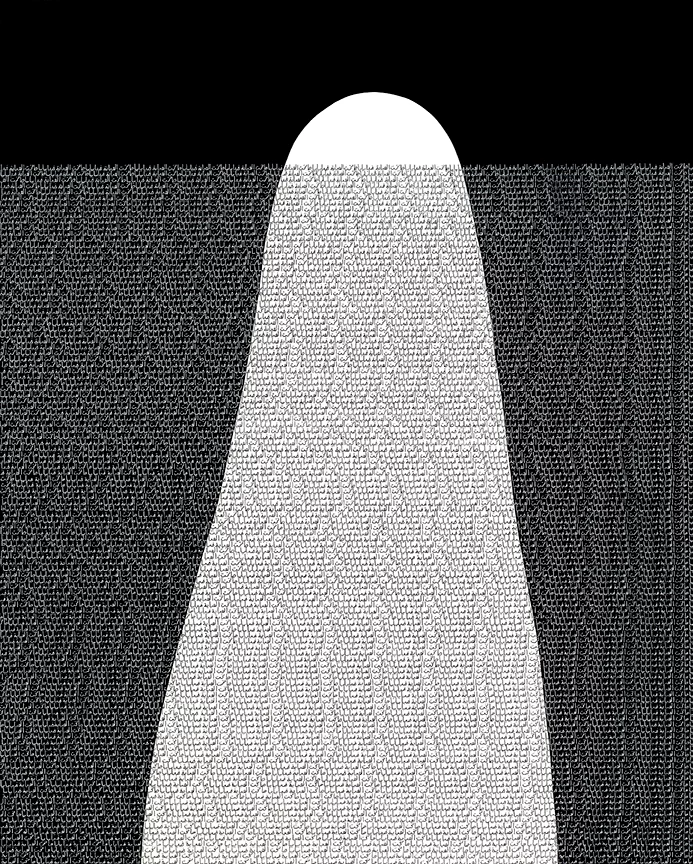

Rising Power Behind the Veil
One of those artists is Arab American Helen Zughaib who uses gouache and ink in her work and took inspiration from the beauty, strength and resilience of women. Her piece, The Secrets They Carry, is her tribute to the many stories hidden beneath the abaya which is the outer black robe that many women in the Arab world must wear in public.
Zughaib says, “It was very important to me to take part in this exhibition as an Arab-American woman, living in America, to be able to show solidarity with many women in the Arab world.”

In other parts of the world, the rise of women in art in the Arab World is also being felt. Described by Huffington Post as one of the five female art curators from the Middle East you should know, Raneen Bukhari who lives and works in Jeddah, Saudi Arabia, manages the Desert Designs art gallery with her team.
She tells Tara Kangarlou of the Huffington Post, “I try to give space to artists that might be exploring the gray area of artistic freedoms in Saudi Arabia. There is a fear of what the government and society will accept; so in that way I think giving them the freedom to create sociocultural and political work is shedding light on the topics.”

Sharing Solidarity with Women in the Arab World
In 2017, in northwestern Germany, the MARTa Herford, a contemporary art museum aimed to raise awareness about the often misunderstood and “in between” dimension of the Middle Eastern culture by presenting them artwork by female artists from Jordan, Tunisia, Libya, and Iran, an Arabian-Persian region, but who now live in the Western world.
To represent the complexities of the “in-betweenness” commonly associated with stateless Palestinian people and the reality of the Palestinian refugee camps, artist and trained architect Saba Innab’s series Time Measured by Distance III illustrates the contradiction of rebuilding in a state of “in-betweenness.”
In a time when solidarity in nations is needed more than ever, a glimpse “behind the veil” by female artists who are willing to allow the public to take a peek may be just what the world needs. Chairman of the Arab British Centre, Sir Derek Plumbly calls the blossoming arts scene in Saudi Arabia and the Gulf “extraordinary.”
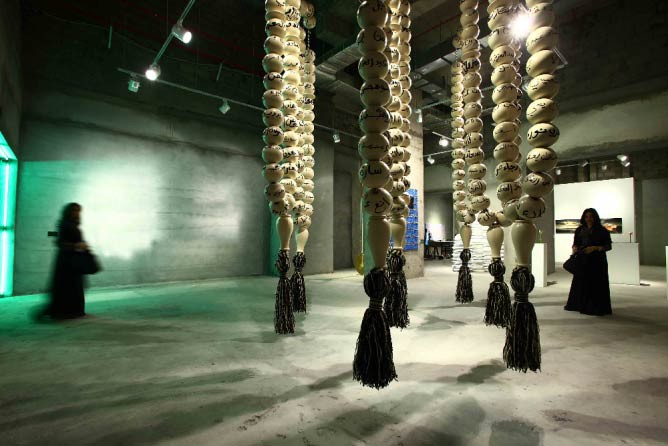
Vanessa Branson, sister of Richard Branson and founder of Marrakech Biennale, a festival which aims to build bridges between cultures through art, saying, “It has also been immensely rewarding to witness how the creative movement in North Africa and the Middle East is changing the identity of the region.”
“I’m confident that artists, with their vision and courage, are going to drive us towards an exciting, thought-provoking and, inshallah, a more harmonious world.”
I AM premiered at the National Gallery of Fine Arts in Amman, Jordan in May/June 2017. It later showcased at London’s St. Martin-in-the-Fields on Trafalgar Square in July/August 2017, and premiered its US tour in Washington, DC at the American University Museum at the Katzen Arts Center between September 5-October 22, 2017.
I AM will tour the US through the end of 2018.

